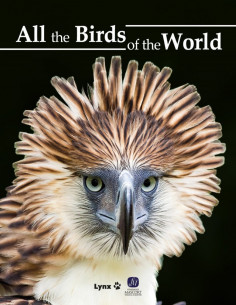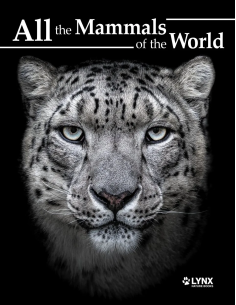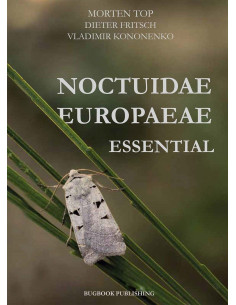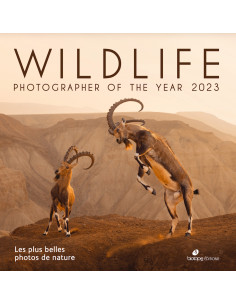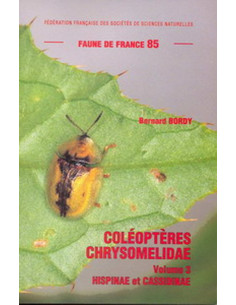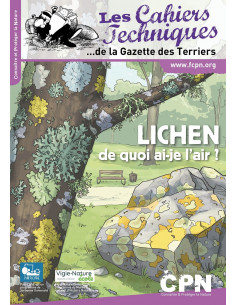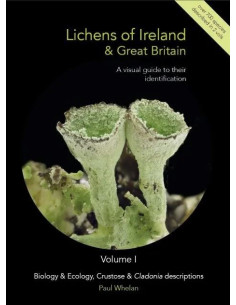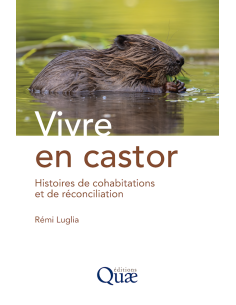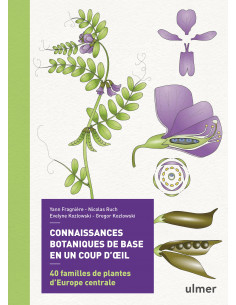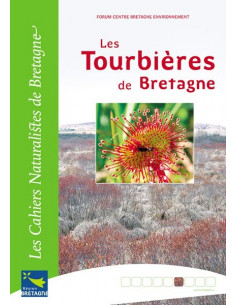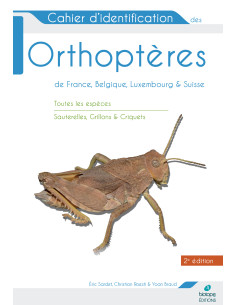Naturalist bookstore
European non-marine molluscs, a guide for species identification
article diffusé
9783933922755
€121.33 tax excl.
€128.00
Tax included
The book presents all European species of molluscs, which are about 2090 snails and 53 mussels. In several groups the species definition is controversial, others are currently in a state of taxonomic revision. So the number of species can only be approximated. Surprisingly many groups in Europe are relatively little studied. This includes, for example, the large species of the genus Helix which are the only snails that have importance in the human diet.
Europe includes Cyprus and Turkey's western regions, but not the eastern Atlantic islands (Canary Islands, Madeira, Azores) and the Caucasus region. In the east the area extends approximately to the Moscow region. Iceland is also included.
The highlight of this book is a special 80-page insert (quick identification guide, Quick ID). This so-called "Swiss brochure" is inserted at the end of the book and can be opened separately:
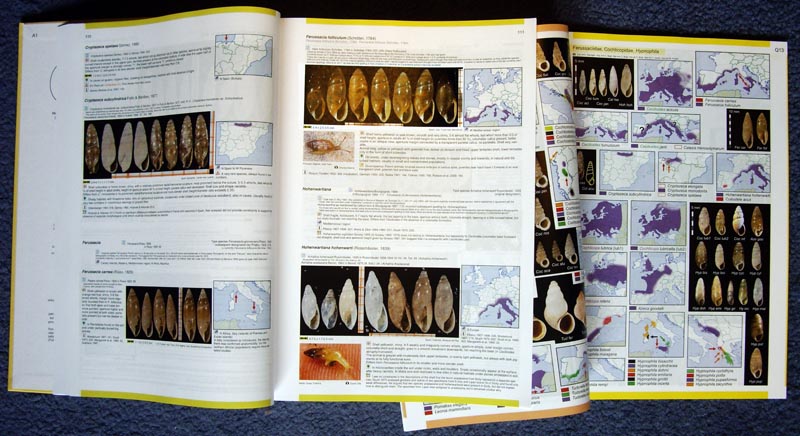
The Quick ID consists of maps and photos, and allows very rapid pre-determination of the species. In 70-80% of cases the species may already here be well recognized.
The Quick ID can be opened separately (you can always have 3 pages open simultaneously, and put a left-hand page of the Quick ID onto the right-hand page section of the main book, or even hide some Quick ID pages below).
The Quick ID has been specifically designed to enable faster work. Working quickly and efficiently is essential in today's scientific community. With more than 2000 species it is very difficult to keep track. Even in difficult groups the Quick ID allows very quickly to narrow down possible options and then look up the species accounts in the main part.
The Quick ID was even tested by non-experts without any previous knowledge of snails. They succeeded in a relatively short time to identify on species level a number of simple species like Ena montana or Cochlicella acuta. This book does not work with identification keys. Mollusks can be determined most quickly with concise compilations of images and distribution maps.
In the main part of the book (the left and the center of the image) for each species is given a brief description, size, habitat, distribution map (the same as in the Quick ID), and, if known, information on the biology, reproduction and threat. Most species are equipped with 4-8 photos of shells where you can see a little the species variability.
Suitable for student field trips, zoological identification exercises indoors and outdoors, ecological or archaeological research projects, malacological research, and for administrative matters in nature, especially when it comes to a reliable determination of endangered species
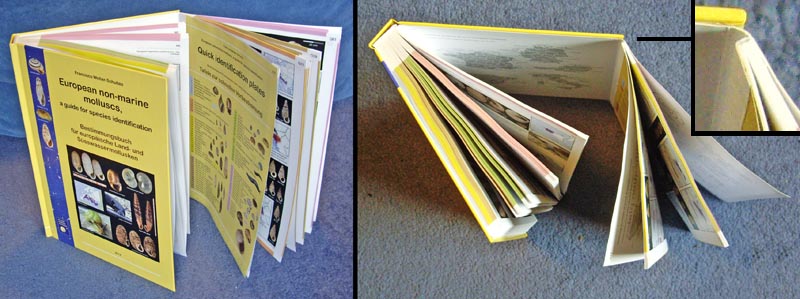
These book views illustrate the special mode of the binding. The Quick ID is bound at the end as a "Swiss brochure", and also has its own title page with a table of contents.

One page as an example of how the content was arranged. On the right side the title page of the Quick ID.
- ISBN number
- 9783933922755
- Publisher
- Planet Poster Editions
- Author
- Francisco Welter-Schulte
- Printing date
- 2021
- Number of pages
- 720
- Width in cm
- 21
- Height in cm
- 30
- Weight in kg
- 3.2
- Language
- English
You might also like


